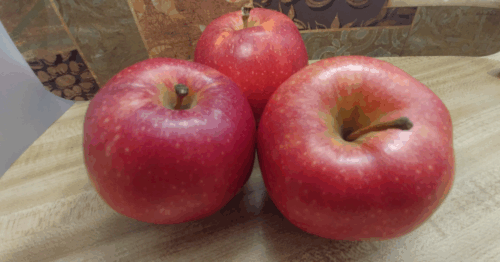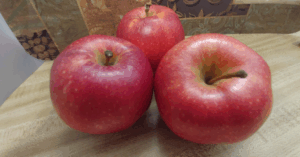 There’s something deeply satisfying about biting into a crisp apple that you’ve grown yourself. The journey from planting a small sapling to harvesting baskets of fresh fruit connects us to generations of gardeners who understood that patience and care yield the sweetest rewards. Growing apple trees might seem daunting to beginners, but with the right knowledge and approach, anyone can cultivate their own orchard, no matter the size of their space.
There’s something deeply satisfying about biting into a crisp apple that you’ve grown yourself. The journey from planting a small sapling to harvesting baskets of fresh fruit connects us to generations of gardeners who understood that patience and care yield the sweetest rewards. Growing apple trees might seem daunting to beginners, but with the right knowledge and approach, anyone can cultivate their own orchard, no matter the size of their space.
Starting Small: The Magic of Dwarf Apple Varieties
For new apple growers, especially those with limited space, dwarf apple trees are game-changers. These compact versions of full-sized trees typically reach only 6-10 feet in height, making them perfect for small yards, patios, or even large containers. Despite their smaller stature, dwarf trees can produce impressive harvests of full-sized apples.
Popular dwarf varieties for beginners include Honeycrisp, which offers exceptional crunch and sweetness, and Gala, known for its mild flavor and reliable production. For those in cooler climates, consider Liberty or Freedom varieties, which show excellent disease resistance. Granny Smith dwarfs work well in warmer zones and provide the tart apples perfect for baking.
The key advantage of dwarf trees extends beyond space-saving. Their manageable size makes pruning, harvesting, and pest monitoring much easier for beginners. You won’t need ladders or specialized equipment to care for your trees, and problems are easier to spot and address before they become serious issues.
Choosing Your Location and Planting Success
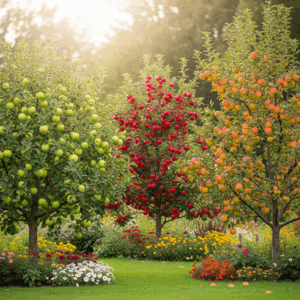 Apple trees thrive in locations that receive at least six hours of direct sunlight daily. While they’re remarkably adaptable, they perform best in well-draining soil with a pH between 6.0 and 7.0. Before planting, test your soil’s drainage by digging a hole about 12 inches deep and filling it with water. If water remains after 24 hours, you’ll need to improve drainage or consider raised beds.
Apple trees thrive in locations that receive at least six hours of direct sunlight daily. While they’re remarkably adaptable, they perform best in well-draining soil with a pH between 6.0 and 7.0. Before planting, test your soil’s drainage by digging a hole about 12 inches deep and filling it with water. If water remains after 24 hours, you’ll need to improve drainage or consider raised beds.
The ideal planting time varies by region, but generally, early spring after the last frost or fall before the ground freezes work best. When you bring your young tree home, keep the roots moist and plant within a few days. Dig a hole twice as wide as the root ball but no deeper than the container or root system. The graft union (the swollen area where the tree was grafted onto rootstock) should sit just above soil level.
After positioning your tree, backfill with native soil mixed with compost. Water thoroughly to eliminate air pockets, then apply a 2-3 inch layer of mulch around the base, keeping it several inches away from the trunk to prevent pest and disease issues.
Essential Care for Healthy Growth
Young apple trees need consistent moisture but not waterlogged conditions. Deep, infrequent watering encourages strong root development. During the first year, water weekly if rainfall is insufficient, providing about an inch of water each time. Established trees typically need less frequent watering, except during drought conditions.
Fertilizing apple trees doesn’t require complicated schedules. In early spring, apply a balanced organic fertilizer around the drip line (the area under the outer reaches of the branches). Avoid high-nitrogen fertilizers late in the season, as they can stimulate tender growth susceptible to winter damage.
Pruning might seem intimidating, but it’s crucial for tree health and fruit production. The best time to prune is during dormancy in late winter or early spring. Start by removing dead, diseased, or crossing branches. Open up the center of the tree to improve air circulation and light penetration. For young trees, focus on establishing a strong framework of main branches.
Understanding Pollination Requirements
Most apple varieties cannot pollinate themselves effectively, which means you’ll likely need at least two different varieties that bloom at the same time. This doesn’t necessarily mean purchasing two trees if space is limited. Many nurseries offer trees with multiple varieties grafted onto a single rootstock, providing built-in cross-pollination.
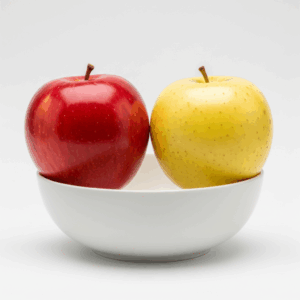 When selecting varieties for cross-pollination, ensure their bloom times overlap. Early bloomers include Gravenstein and Lodi, mid-season varieties include Golden Delicious and Red Delicious, while late bloomers include Granny Smith and Braeburn. Crabapple trees also serve as excellent pollinators for apple trees and often bloom over extended periods.
When selecting varieties for cross-pollination, ensure their bloom times overlap. Early bloomers include Gravenstein and Lodi, mid-season varieties include Golden Delicious and Red Delicious, while late bloomers include Granny Smith and Braeburn. Crabapple trees also serve as excellent pollinators for apple trees and often bloom over extended periods.
Bees and other pollinators do the heavy lifting of transferring pollen between flowers. Creating a pollinator-friendly environment by planting diverse flowering plants near your apple trees will improve fruit set. Avoid using broad-spectrum pesticides during bloom time to protect these essential allies.
Managing Pests and Diseases Naturally
Prevention forms the foundation of effective pest and disease management. Proper spacing, adequate air circulation, and good sanitation practices prevent many problems before they start. Remove fallen leaves and fruit promptly, as they can harbor disease organisms and pest eggs.
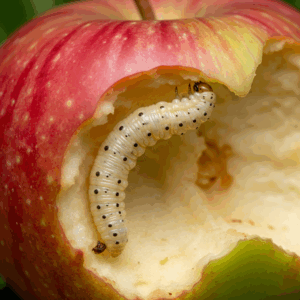 Common apple pests include aphids, which can be controlled with beneficial insects like ladybugs or gentle sprays of insecticidal soap. Codling moths, whose larvae create the classic “worm in the apple,” can be managed using pheromone traps or by bagging individual fruits with special bags designed for this purpose.
Common apple pests include aphids, which can be controlled with beneficial insects like ladybugs or gentle sprays of insecticidal soap. Codling moths, whose larvae create the classic “worm in the apple,” can be managed using pheromone traps or by bagging individual fruits with special bags designed for this purpose.
Apple scab and fire blight represent the most serious disease threats. Apple scab appears as dark, scaly spots on leaves and fruit, while fire blight causes branches to appear burned. Both diseases thrive in humid conditions, making proper pruning for air circulation even more important. Resistant varieties offer the best long-term solution for disease management.
Organic fungicidal sprays containing copper or sulfur can help manage fungal diseases when applied preventively. However, building healthy soil with compost and organic matter creates stronger, more disease-resistant trees naturally.
The Patience Game: From Flowers to Fruit
New apple growers often expect immediate results, but apple trees typically take 2-4 years to begin producing fruit, with full production reached in 5-7 years. This timeline varies based on the variety, rootstock, and growing conditions. Dwarf trees often fruit sooner than standard-sized trees.
During the first few years, focus on building a strong tree structure rather than maximizing fruit production. Some experts recommend removing flowers during the first year to encourage root and branch development. This sacrifice pays dividends in future harvests.
When fruits begin developing, thinning becomes important for tree health and fruit quality. Remove excess fruits when they’re about grape-sized, leaving one apple per cluster and spacing fruits 4-6 inches apart. This prevents branches from breaking under heavy loads and ensures larger, better-quality apples.
Harvesting and Storage Success
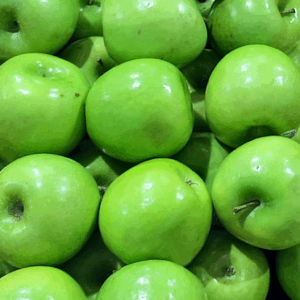 Knowing when to harvest requires more than just looking at calendar dates. Apples are ready when they separate easily from the branch with a gentle upward twist. The background color (not the red blush) indicates ripeness, changing from green to yellow or cream in most varieties.
Knowing when to harvest requires more than just looking at calendar dates. Apples are ready when they separate easily from the branch with a gentle upward twist. The background color (not the red blush) indicates ripeness, changing from green to yellow or cream in most varieties.
Harvest apples during cool, dry conditions for best storage life. Handle fruits gently to avoid bruising, and sort immediately after picking. Use damaged apples first, store perfect apples in a cool, humid environment like a refrigerator or root cellar.
Growing your own apples transforms you from consumer to creator, connecting you with the cycles of nature and the satisfaction of nurturing something from seedling to harvest. While the journey requires patience and learning, the reward of that first perfect apple, grown by your own hands, makes every moment of care worthwhile. Start small, stay consistent, and soon you’ll be sharing the fruits of your labor with family and friends, continuing the timeless tradition of home-grown abundance.


